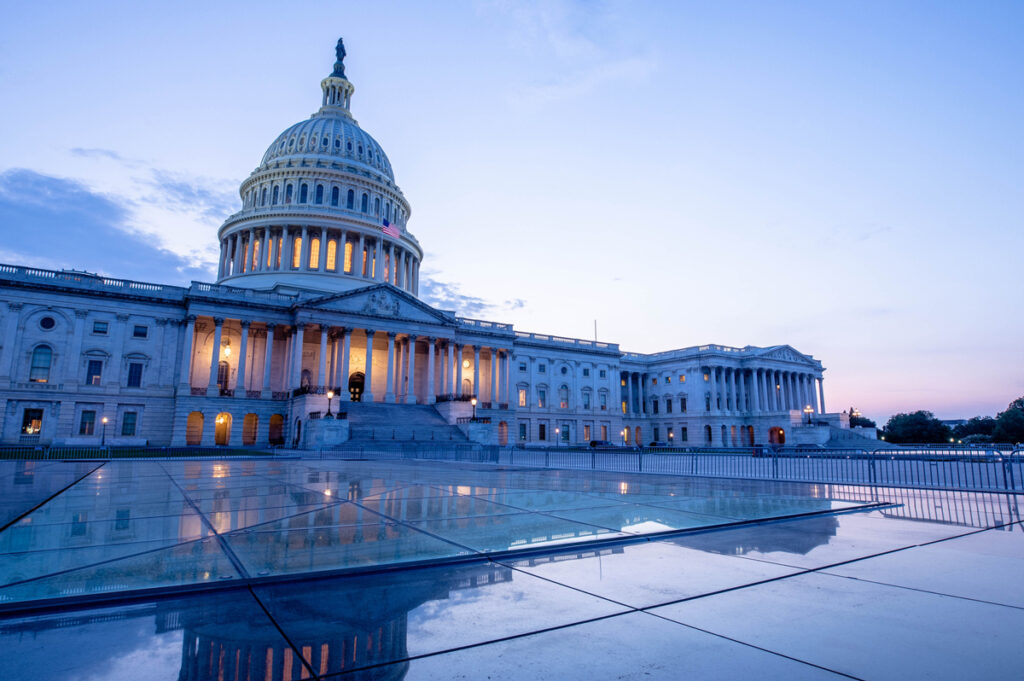California’s latest COVID-19 Supplemental Paid Sick Leave Bill (AB 84) was signed into law on February 9, 2022 by Governor Newsom. Details of this new legislation are set out below.
Employee Use of COVID-related Supplemental Paid Sick Leave (SPSL)
SPSL is available for employees unable to work or telework because they are:
- Subject to a quarantine or isolation period as defined by the California Department of Public Health, Center for Disease Control and Prevention, or local public health officer. This includes caring for a family member[i] subject to the same.
- Advised by a health care provider to isolate or quarantine due to COVID-19.
- Experiencing COVID-19 symptoms and seeking medical diagnosis.
- Caring for a child[ii] whose school or place of care is closed or otherwise unavailable for reasons related to COVID-19 on the premises.
- Attending a vaccine or vaccine booster appointment for themselves or a family member.
- Experiencing COVID-19 symptoms themselves – or caring for a family member experiencing COVID-19 symptoms – related to a vaccine or vaccine booster.NOTE: For each vaccination or vaccine booster appointment, employers may limit the total supplemental paid sick leave to 3 days or 24 hours unless the employee provides verification from a health care provider that they or their family member continues to experience symptoms related to the vaccination or vaccine booster. This limit includes time used in getting the vaccine or booster.
SPSL Hours Provided
AB 84 provides 40 hours of SPSL for employees who meet either of the following criteria:
- The employer considers the employee to work full-time.
- The employee worked or was scheduled to work, on average, at least 40 hours per week in the two weeks preceding the date the employee took SPSL.
For those employees who do not meet the criteria set out above, SPSL must be provided as follows:
- If the covered employee has a normal weekly schedule, they are entitled to SPSL equal to:
- The total number of hours the covered employee is normally scheduled to work for the employer over one week.
- If the covered employee works a variable number of hours, they are entitled to SPSL equal to:
- Seven times the average number of hours the employee worked each day for the employer in the six months preceding the date the employee took COVID-19 supplemental paid sick leave.
- If the employee has worked for the employer fewer than six months but more than seven days, this calculation must instead be made over the entire period the employee has worked for the employer.
- Seven times the average number of hours the employee worked each day for the employer in the six months preceding the date the employee took COVID-19 supplemental paid sick leave.
- If the employee works a variable number of hours and has worked for the employer over a period of seven days or fewer, they are entitled to SPSL equal to: The total number of hours the employee has worked for that employer.
Duty to Provide Additional SPSL
If an employee, or a family member for whom the employee is providing care, tests positive for COVID-19, the employee is entitled to receive additional SPSL in an amount not to exceed that to which they are initially entitled to as outlined above. For example, if a full-time employee tests positive for COVID-19, they would be entitled to receive an additional 40 hours of SPSL as calculated above.
An employer providing additional SPSL hours may require the employee to submit to another COVID test on or after the fifth day after the first positive test and provide documentation of the results of the second test. [iii] If leave is requested to care for a family member who tests positive, the employer may require the employee to provide documentation of the family member’s test result before paying the employee for the additional SPSL.
NOTE: Employers will not be required to provide this additional SPSL if the employee refuses to provide documentation of a test result.
Calculating SPSL
SPSL for nonexempt employees is calculated using one of the following:
- In the same way the employer calculates the regular rate of pay for the workweek in which the employee uses SPSL, whether or not the employee actually works overtime during the workweek.
- By dividing the employee’s total wages, not including overtime premium pay, by the employee’s total non-overtime hours worked in the full pay periods occurring within the prior 90 days of employment.[iv]
- For nonexempt employees paid by piece rate, commission or other method that uses all hours to determine the regular rate of pay, total wages, not including overtime premium pay, must be divided by all hours, to determine the correct amount SPSL.
SPSL for exempt employees is calculated in the same manner as the employer calculates wages for other forms of paid leave time.
A Few Additional Caveats
As with prior SPSL Bills, COVID-19-related SPSL must be provided in addition to any paid sick leave available to employees under the Healthy Workplaces, Healthy Families Act of 2014. AB 84 creates a new employer requirement to provide COVID-19-related SPSL; there is no credit for compliance with prior COVID SPSL requirements. However, if an employer has already paid an employee a supplemental benefit for leave taken on or after January 1, 2022, for any reason listed above, and has compensated the employee in an amount equal to or greater than the amount of compensation allowable for SPSL, then the employer may count the hours of the other paid benefit or leave towards the total number of hours of SPSL required under AB 84.
Employers are prohibited from requiring employees to use SPSL before using any other paid or unpaid leave benefits. This includes requiring an employee to use SPSL in connection with any Cal/OSHA ETS paid leave requirements.
The total numbers of SPSL is not to exceed 80 hours for the time period January 1, 2022 through September 30, 2022, with maximum payouts capped at no more than $511 dollars per day and $5,110 in the aggregate. Unfortunately, initial talks of tax credits for employers related to the cost of paying supplemental sick leave did not materialize. This means that small and medium employers that must pay for the leave will receive no funding employers and employers with 500 or fewer workers have no federal tax credits to help defray sick leave related costs.
Employers will be required to post a notice of AB 84 once a model notice is made available.[v] Those with remote workers should keep in mind, newly enacted SB 657 requires, “in any instance in which an employer is required to physically post information, [to] also distribute that information to employees by email with the document or documents attached.” NOTE: SB 657 allows electronic distribution, it does not eliminate the employer’s obligation to physically display required postings within its existing workspace.
The amount of SPSL an employee has used through the pay period in which it was due to be paid must be reflected on the wage statement or in a separate writing provided on the designated pay date with the wage statement. If the employee has not used any SPSL, the wage statement or separate writing must reflect zero hours used. This requirement takes effect the next full pay period following the date AB 84 takes effect. NOTE: An employer may require employees to provide documentation of a positive COVID-19 test during the relevant period if the employee requests retroactive payment of SPSL for time off taken because they tested positive for COVID-19.
AB 84 takes effect February 19, 2022 and is applied retroactively to January 1, 2022. The requirement to provide SPSL under AB 84 ends September 30, 2022.

